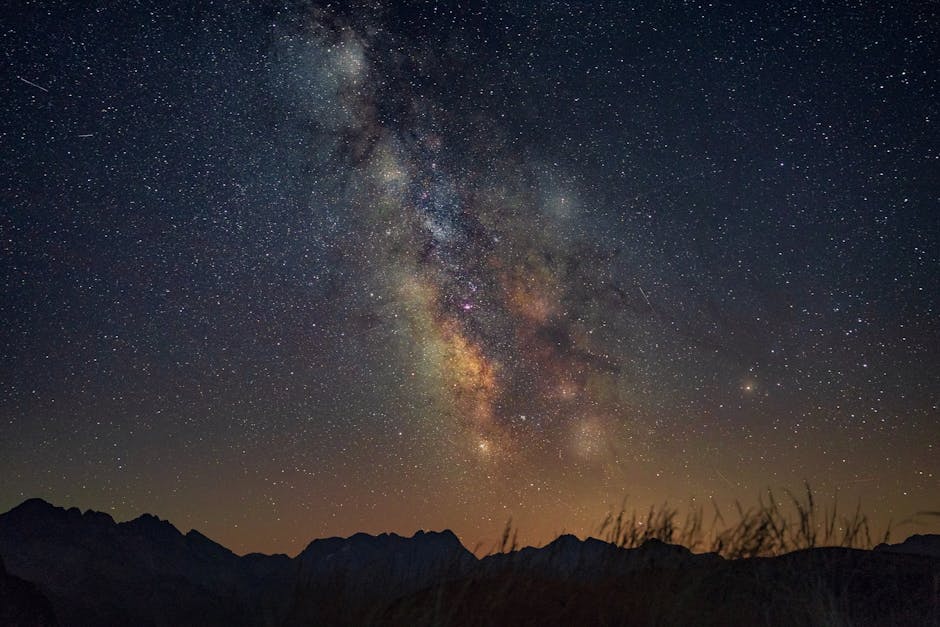**
In a discovery that could reshape our understanding of stellar evolution, astronomers may have uncovered evidence of the most massive stars ever detected in the cosmos. These celestial titans, potentially hundreds or even 1,000 times heavier than the Sun, defy current theories of star formation. The findings, published in a recent study, rely on chemical anomalies in ancient star clusters—hinting at stars so colossal they were once thought impossible.
The Search for the Universe’s Largest Stars
For years, astrophysicists debated the upper limits of star size. The current record-holder, R136a1, weighs around 250-300 solar masses. But new research suggests even larger “superstars” may have existed in the early universe.
An international team studied 13-billion-year-old globular clusters, analyzing their chemical composition. They found unusual ratios of nitrogen and helium—traces that could only come from stars of incomprehensible size.
How Could Such Massive Stars Form?
Existing models suggest stars cap out at a few hundred solar masses due to radiation pressure. But the early universe, rich in pure hydrogen and helium, may have allowed stars to grow far larger before igniting nuclear fusion.
“These stars acted as cosmic forges,” explains astrophysicist Dr. Priya Agarwal, co-author of the study. “They produced heavy elements that later seeded planets—and life.”
The Chemical Clues Left Behind
The smoking gun? Extreme nitrogen levels in certain star clusters, paired with low carbon and oxygen. This unique mix suggests pollution from a previous generation of supermassive stars—ones that lived fast, died violently, and enriched their surroundings.
“A 1,000-solar-mass star would flood its environment with nitrogen,” says stellar evolution expert Dr. Rajesh Singh. “Its explosive death would recycle these elements into new stars.”
Did These Stars Die in Unprecedented Explosions?
Stars this massive wouldn’t fade quietly. Instead, they might collapse directly into black holes or detonate in “pair-instability supernovae”—blasts so powerful they could outshine entire galaxies.
These explosions would have shaped the early cosmos, scattering heavy elements and influencing galaxy formation.
Could the James Webb Telescope Prove Their Existence?
While the evidence is strong, direct confirmation is still needed. The James Webb Space Telescope (JWST), with its unmatched infrared vision, might spot remnants of these vanished giants—or even catch their light before they exploded.
“JWST could finally give us proof,” says Dr. Agarwal. “If we find them, it rewrites astronomy.”
Conclusion: A Cosmic Mystery Waiting to Be Solved
If confirmed, these supermassive stars would revolutionize our understanding of stellar physics. The universe, it seems, still holds secrets far beyond what we’ve imagined—and astronomers are just beginning to uncover them.
Follow NextMinuteNews for more groundbreaking space discoveries.
**



